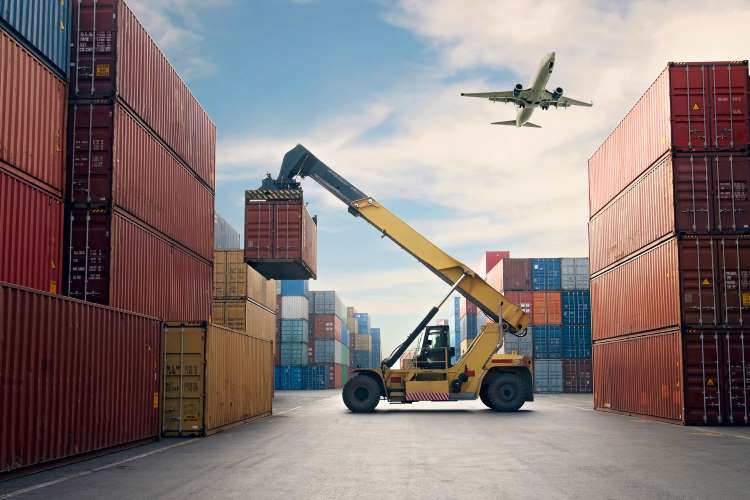India finally has a National Logistics Policy for an industry pegged at around $150 billion. Unveiled by Prime Minister Narendra Modi, the policy looks to achieve faster last-mile connectivity, solve transport-related challenges, save time and money of manufacturers, and prevent wastage of farm products.
The government hopes that the NLP will result in significant time and cost savings that will enhance economic growth and increase employment opportunities. Consumers are likely to benefit from the policy as businesses may pass on the benefits to consumers if there are significant savings.
The policy has been in the making for a good eight years. In fact, the government sees it as a beginning which is likely going to energise all sectors and help transform the country into a developed nation by 2047.
Why a national logistics policy
While India is one of the biggest economies in the world, it still lags behind in terms of rational logistics cost. Hence the need for a national policy was felt. When compared with developed economies, the logistics costs in India are much higher. Presently, India spends nearly 13-14% of its gross domestic product on logistics, while countries like Japan and Germany spend only 8-9%. With the national logistics policy in place, the government looks to bring down logistics costs to single digits by 2030.
READ | India’s semiconductor industry dreams take wings with Vedanta-Foxconn venture
India was ranked 44th in logistics cost, according to the 2018 World Bank Logistics Index. This left the country far behind the US, China and other large economies. The US was ranked 14th and China 26th by the World Bank. South Korea, Singapore, and some European nations also have low logistics cost-to-GDP ratio. Also, a reduction in logistics cost improves efficiency by cutting across various sectors of the economy while encouraging value addition and enterprise.
The logistics sector in India is a complex one with the involvement of more than 20 government agencies under various ministries, 40 partnering government agencies and 37 export promotion councils. They deal with 500 certifications covering 10,000 commodities. The policy assumes significance as India eyes raising its merchandise exports to $1 trillion by FY28 from $422 billion in FY22. A slowdown in the country’s exports can be attributed to domestic bottlenecks including high logistics costs, according to an HSBC report.
According to the Economic Survey 2017-18, a 10% decrease in indirect logistics cost could lead to an export growth of 5-8%. The survey predicted that the Indian logistics market would be around $215 billion by 2020.
The policy could help India improve its Logistics Performance Index (LPI) ranking which will make it one of the top 25 countries by 2030. However, analysts say this won’t be enough. India is the fifth largest economy in the world and if the government wants to be among the three largest economies and join the league of developed nations, the current target is not ambitious enough. Rather, the government should eye to be in the top 10 in the LPI by 2030. For that to materialise, the country will have to match the pace of South Korea.
READ | Another jumbo interest rate hike by Fed may land the world in recession
Challenges galore
Modi has acknowledged that this is not the end of the policy, but just a beginning. The policy may require fine tuning to better serve the interests of all stakeholders. Analysts are of the opinion that the government must look at creating a data-driven decision support systems (DSS) which will, in turn, enable an efficient logistics ecosystem. In fact, it is high time that steps are taken in this direction.
Most importantly, there is a need to work towards a unified logistics interface platform (ULIP). With this, all logistics and transport sector digital services can be brought into a single portal. ULIP can help decrease the red talisman associated with long and cumbersome government processes, thereby freeing manufacturers and exporters from the present chaos.
Further, a special focus is needed on all sectors which cover logistics such as rail, airways, roadways and water. For instance, while India once gained international trade in historic times due to availability of ports, currently, there is a need to build more ports just like China has done. In fact, the size of our ports has to grow manifold if China’s example is to be taken. China has 10 of the world’s top 20 ports.
Increased attention is needed on air logistics and there should be a drastic improvement in the transport of high-value and perishable items. It is not just airways and water ways that are fraught with issues. Take for instance the rail sector which is running on 25kmph for decades and needs to at least double the current benchmarks. There are other structural deficiencies as well which need to be tackled fast if India wants to be in the league of other large economies in terms of logistics efficiency.

